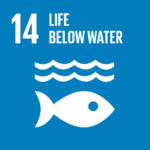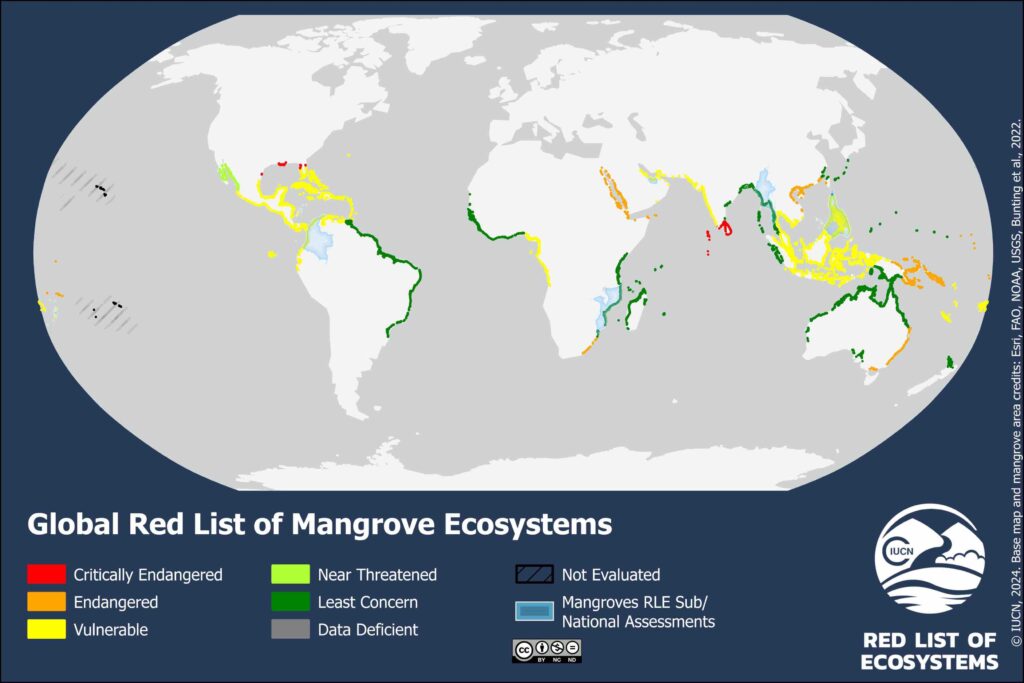Mangrove forests in southern India, Sri Lanka, and the Maldives face the gravest threats; human actions are the primary driver behind the declining health of these coastal habitats.
In a groundbreaking study on the world’s mangrove ecosystems, the International Union for Conservation of Nature (IUCN) has sounded an alarming warning: nearly half of all mangrove forests globally are under threat of extinction due to human activities.
RELEVANT SUSTAINABLE GOALS




“The loss of these massive carbon-storing mangrove ecosystems would be a disaster for nature and humanity worldwide,” said the IUCN, the world’s largest environmental protection organization comprising governments and civil society groups.
Human activities are the primary driver behind the declining health of these coastal habitats. Mangrove forests in southern India, Sri Lanka, and the Maldives face the gravest threats. Ecosystems in the South China Sea, Central Pacific, and the East Coral Triangle around Malaysia, Papua New Guinea, and the Philippines are classified as endangered.

“Mangrove ecosystems possess an extraordinary ability to serve human interests, including reducing coastal erosion risk, storing and absorbing carbon, and providing fish habitats,” said Angela Andrade, Chair of IUCN’s Ecosystem Management Commission. “The loss of these ecosystems would be disastrous for nature and people worldwide.”
Found across the planet’s tropical coastlines, mangroves encompass dozens of tree and shrub species, sheltering immense biodiversity. They serve as nurseries for fish and support mammals like tigers, African wild dogs, and slow lorises.
Carbon Storage Powerhouses
Disproportionate to their size, mangrove ecosystems store staggering amounts of carbon, absorbing nearly three times as much as tropical forests of the same extent. While covering only 15% of the world’s coastlines, the study found mangroves are increasingly imperiled by sea-level rise, agriculture, coastal development, pollution like oil spills, and the impacts of dam construction.
Researchers cited previous drivers like shrimp farming, coastal development, and river dams altering sediment flows. However, the escalating threats of sea-level rise and the climate crisis now endanger their very survival through more frequent and intense severe storms.
The IUCN’s tool for assessing ecosystem risks – akin to the Red List used to evaluate species extinction risks – was employed for this research involving over 250 experts worldwide.
“The Ecosystem Red List provides a clear roadmap on how we can restore lost mangroves and protect these fragile ecosystems for the future, helping safeguard biodiversity, tackle climate change impacts, and support the achievement of the Global Biodiversity Framework,” Andrade stated.
Lead image courtesy of Plastic Mangrove Forests
You may also be interested in :
Green Guardians: Unraveling The Power Of Mangroves In Fight Against Climate Change


